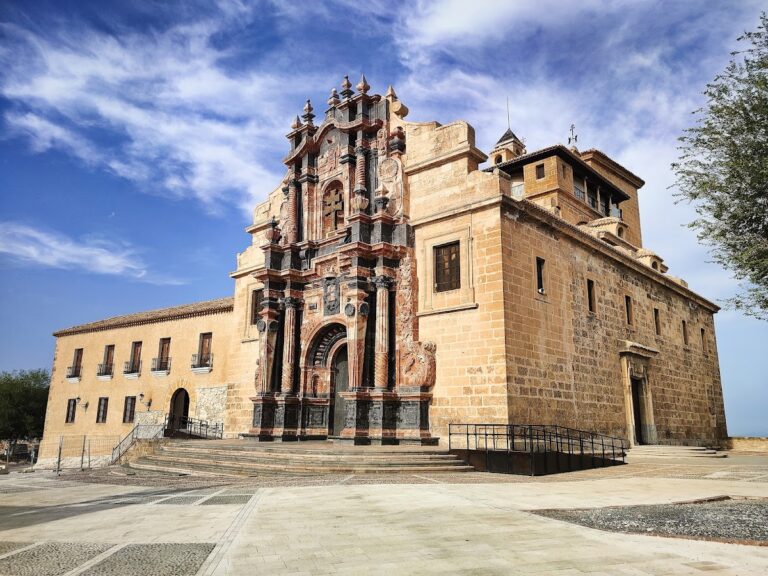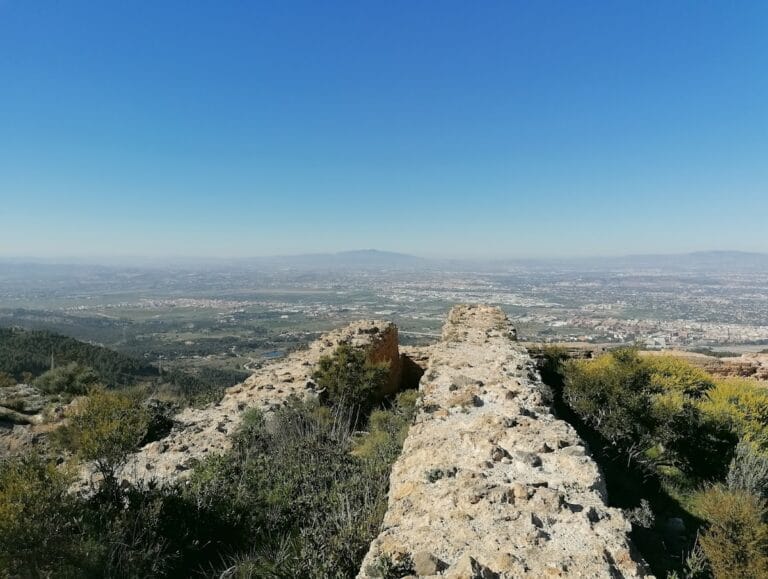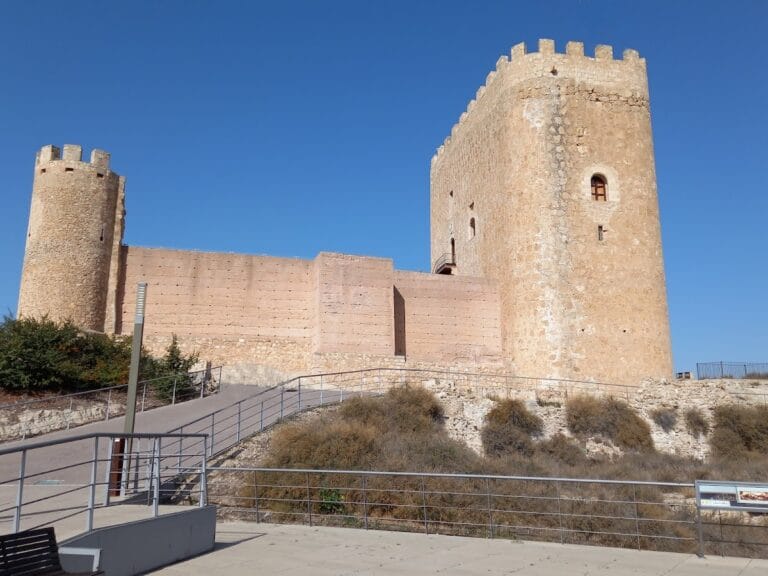Castillo de los Vélez: A Renaissance Fortress in Mula, Spain
Visitor Information
Google Rating: 4
Popularity: Low
Google Maps: View on Google Maps
Official Website: www.murciaturistica.es
Country: Spain
Civilization: Unclassified
Remains: Military
History
The Castillo de los Vélez is located in the municipality of Mula, in Spain. Its origins lie in an earlier Islamic fortress that occupied a strategic rocky promontory overlooking the town. This Muslim stronghold was notable enough to be mentioned by the 12th-century Arab geographer Al-Idrisi and referred to by Alfonso X in the 13th century, who described it as a robust and well-defended castle. During the medieval period, this fortress not only served military purposes but also protected the town’s water sources and its two Christian parishes within surrounding walls.
In 1244, Fernando III granted privileges to the people of Mula, which became a point of contention in the early 16th century. Following an uprising in 1520, local inhabitants compelled Pedro Fajardo y Chacón, the Marqués de los Vélez, to swear to uphold these ancient rights. Seeking to reinforce his authority over the town, Pedro Fajardo initiated the construction of a new fortress on the site.
The present structure was erected starting in 1524, despite explicit royal decrees by the Catholic Monarchs and later Charles I forbidding the creation of new fortresses. To circumvent these prohibitions, a forged Roman inscription was placed on the castle’s keep (the main tower), claiming the fortress had origins from imperial times. This clever ruse allowed construction to proceed under the pretext of restoration rather than new building.
Luis Fajardo is credited as the master builder of the castle, overseeing the four distinct phases of construction that integrated remnants of the earlier Muslim defenses. The castle remained a military stronghold linked closely to the power of the Fajardo family. In recent decades, after a period of neglect and closure to the public, local citizens organized a movement to reclaim and restore the site. In 2024, the municipality of Mula secured ownership of the castle with plans to preserve and rehabilitate its historical fabric.
Remains
The Castillo de los Vélez is a Renaissance fortress characterized by simple and functional design, built upon the rocky height that dominates the town of Mula. It incorporates surviving walls and towers from the earlier Islamic alcázar, blending medieval fortification techniques with 16th-century innovations. The layout features two main entrances, one reached by crossing what was once a drawbridge, now replaced by a fixed stone bridge, linking the upper sections of the original Muslim defensive walls.
At the heart of the complex is the keep, or tower of homage, constructed in the second and third stages of building. This sturdy tower was initially accessible by a drawbridge, a defensive feature later substituted by a permanent walkway. Rainwater from the castle courtyard is cleverly channeled through a collection system into a nearby cistern or aljibe, a large water reservoir adjacent to the tower. This ensured that defenders had a reliable supply during sieges.
A central nave, added in the final phase, is vaulted with a stone barrel ceiling and includes a chimney that would have served the soldiers stationed inside. Stone supports reveal where a wooden roof structure once rested above this space. An annex attached to this nave, along with stairs descending to the basement level, house dungeons and provide access to the cistern below. These features illustrate the castle’s defensive and residential arrangements.
While the castle’s appearance is austere and lacking ornamental flourishes—reflecting its role as a military installation rather than a noble residence—it bears eight heraldic coats of arms belonging to the Fajardo and Silva families. Mason marks engraved on individual stones visible in the walls offer insights into the castle’s phased construction, marking the labor of different stone workers and builders through its development.
Today, the castle stands as a largely intact monument, preserving the mixture of Islamic fortifications and Renaissance military architecture. Its terrace offers commanding views over the town of Mula and the valley of the Mula River to the north, underscoring the fortress’s enduring strategic position.










